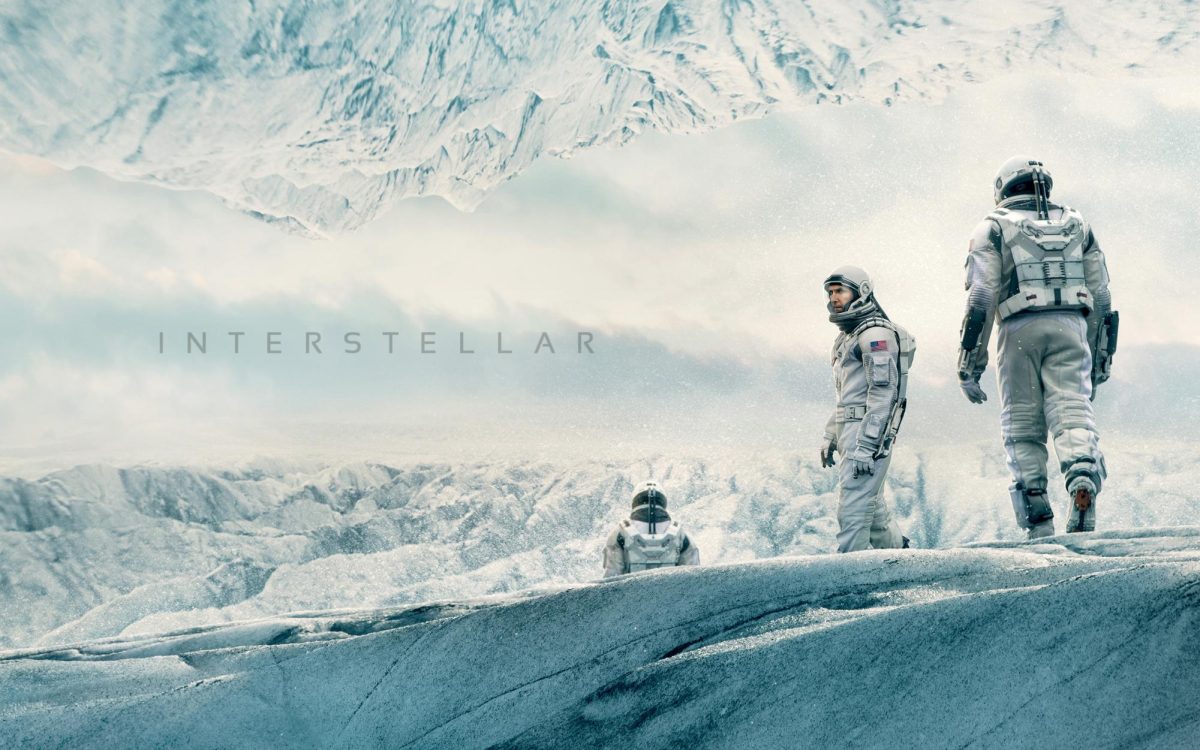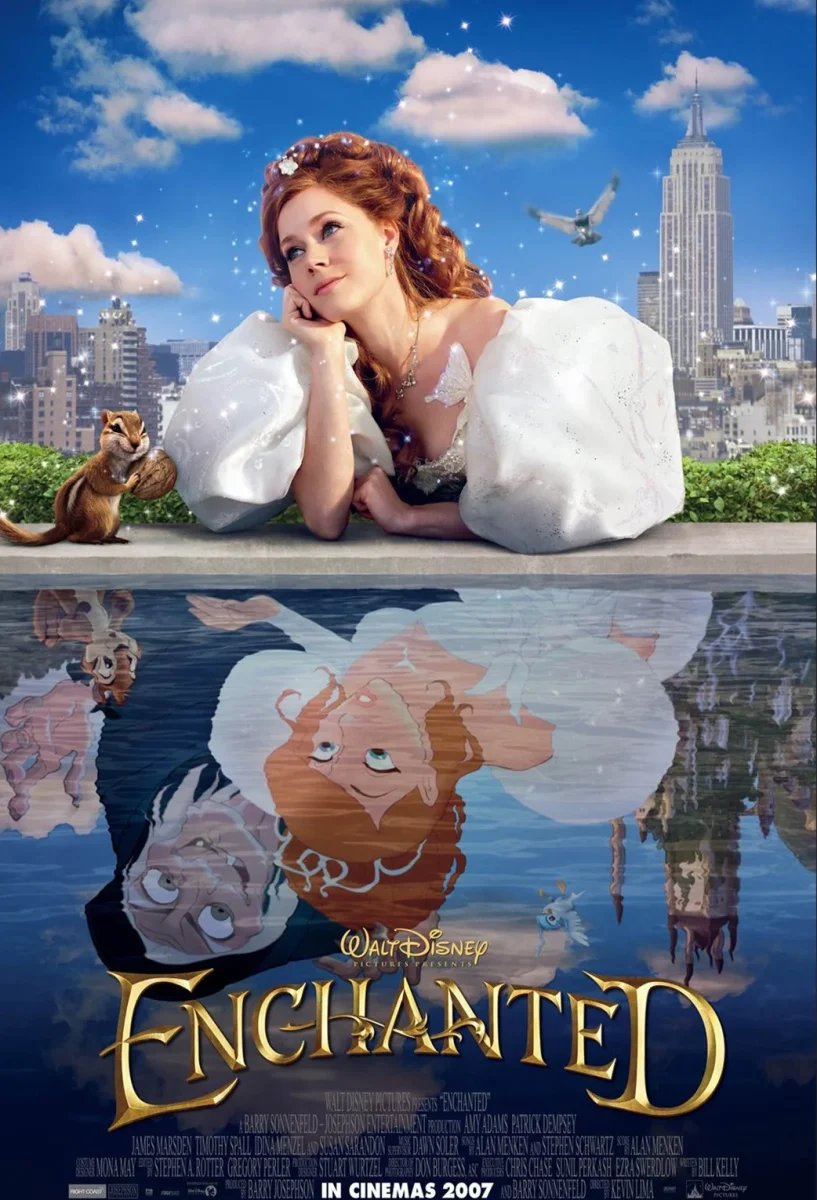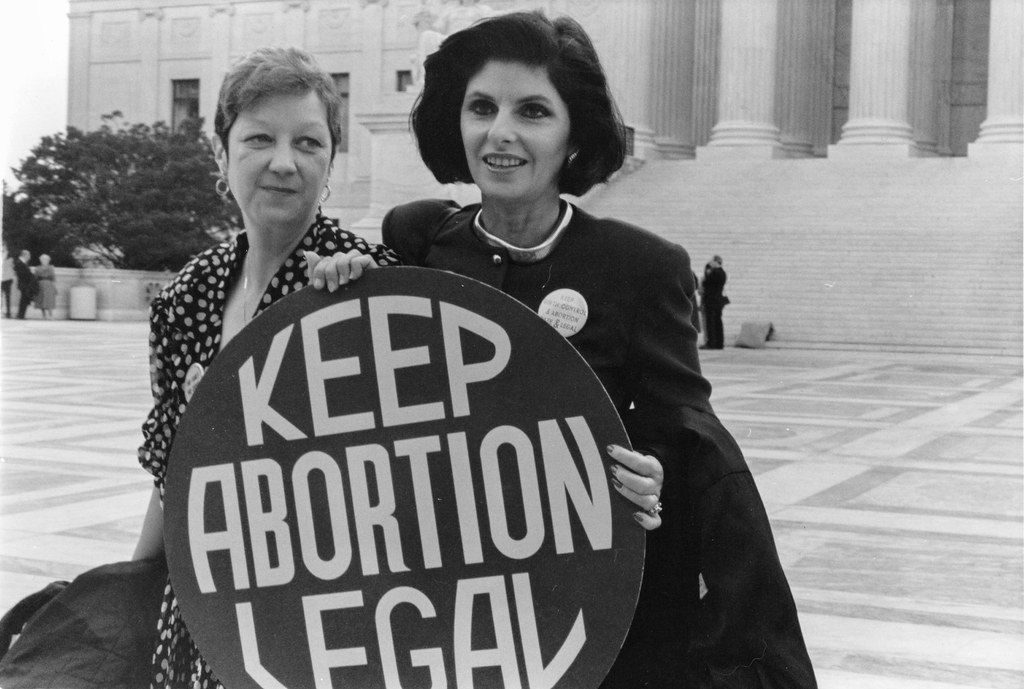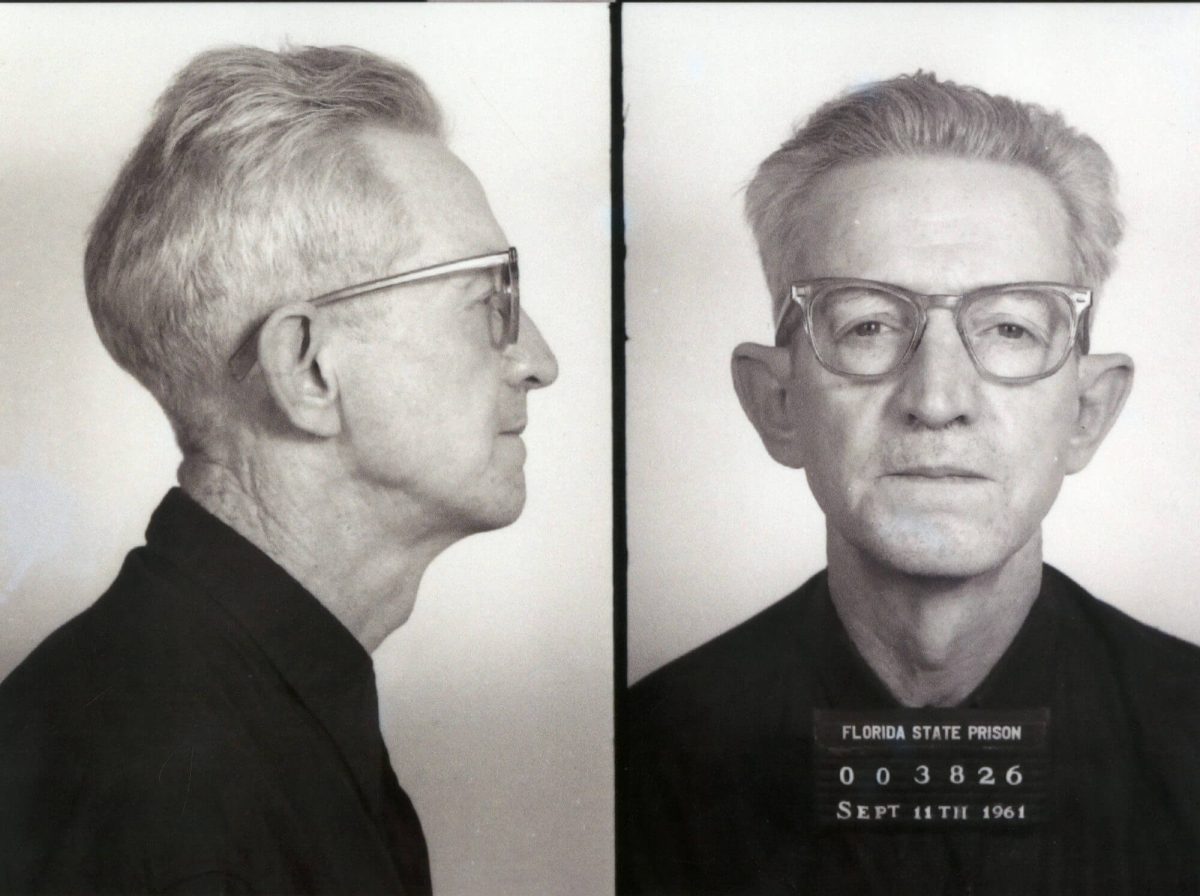Guess what? My birthday is this Friday! So, as a present to myself, I decided to revisit my favorite film of all time.
Spoilers ahead! Please watch “Interstellar,” if you haven’t already–I promise it’s worth it.
I’d be remiss to start anywhere but the performances in this film. I don’t think there’s ever been better casting, and even though Matthew McConaughey wasn’t exactly accustomed to Christopher Nolan’s style of direction, his authenticity and genuine approach to Cooper’s character elevates this film in a way that only McConaughey is capable of. The father-daughter relationship at this movie’s core is arguably the heart and soul of the story itself, and even though Jessica Chastain and McConaughey never share the screen, we can still feel their bond as a tangible thread, keeping them bound to one another.
One of the ways that this film excels is by providing us with those intense emotional gut-punches– first with Cooper leaving Murph, then again with Murph’s message after Coop’s ordeal on Miller’s planet. Mackenzie Foy and McConaughey also have incredible chemistry, and the scene where Coop leaves at the beginning–especially when Cooper checks under the blankets in the passenger side, just in case–is one of the most gut-wrenching moments in the film. Without Chastain, Foy and McConaughey, that ending wouldn’t be nearly as cathartic and heartbreaking.
Additionally, I appreciate how much work Nolan put into ensuring that everything in this film, no matter how far-fetched, doesn’t necessarily go against anything scientists at the time had already proven. A world devoured by blight is not hard to imagine–it is a familiar, low-adrenaline kind of apocalypse. A slow death, which always seemed like a more likely way for the human race to fizzle out eventually. While the black hole and subsequent muddying of time and space feel mythical in scale, Nolan simply plays around with the unknowns. We can’t say for certain how time and space operate, or how they warp inside black holes. So, who’s to say it isn’t the way Nolan imagines? It is fascinating that he managed to find the perfect balance between science and fiction, layering fantastical elements over known sciences in a way that makes the entire film feel simultaneously real and unreal. Tangible and unattainable. Conceivable and far beyond our understanding.
One more technical aspect of this film that makes it truly remarkable is the sheer enormity of what they tried to accomplish. The cinematography is sweeping and gargantuan, providing shots of outer space that could have come directly from NASA. From Saturn to Gargantua, Nolan and Hoyte van Hoytema created a simply gorgeous film. Every planet we see is extremely unique, and how they make it seem like space is bending around our characters will always be breathtaking.
Last but most certainly not least, Hans Zimmer’s score. It is not even up for debate that this is one of his best (if not one of the best) film scores of all time. It creates an added sense of wonder, danger, fear, hope and deep emotional turmoil. Zimmer elevates every vital moment to something truly transcendent–and isn’t afraid to flex his skills right from the get-go. From “Cornfield Chase” to “Mountains” to “No Time For Caution,” Zimmer continually maintains a thematic energy that makes the entire project feel so much bigger. His score makes the ending so powerful, and it’s one of the best examples of a score that works in perfect cohesion to elevate a film to another level of greatness.
Like I said before, “Interstellar” is my favorite movie of all time. I can rewatch it endlessly, and no matter how many times I’ve seen it, I always come away with a new insight of thematic detail that I hadn’t picked up on before. It succeeds in every sense, from all the work done behind the camera to everything happening in front of it. It’s a life-altering film, and I can’t recommend it enough.
Rating: 5/5








